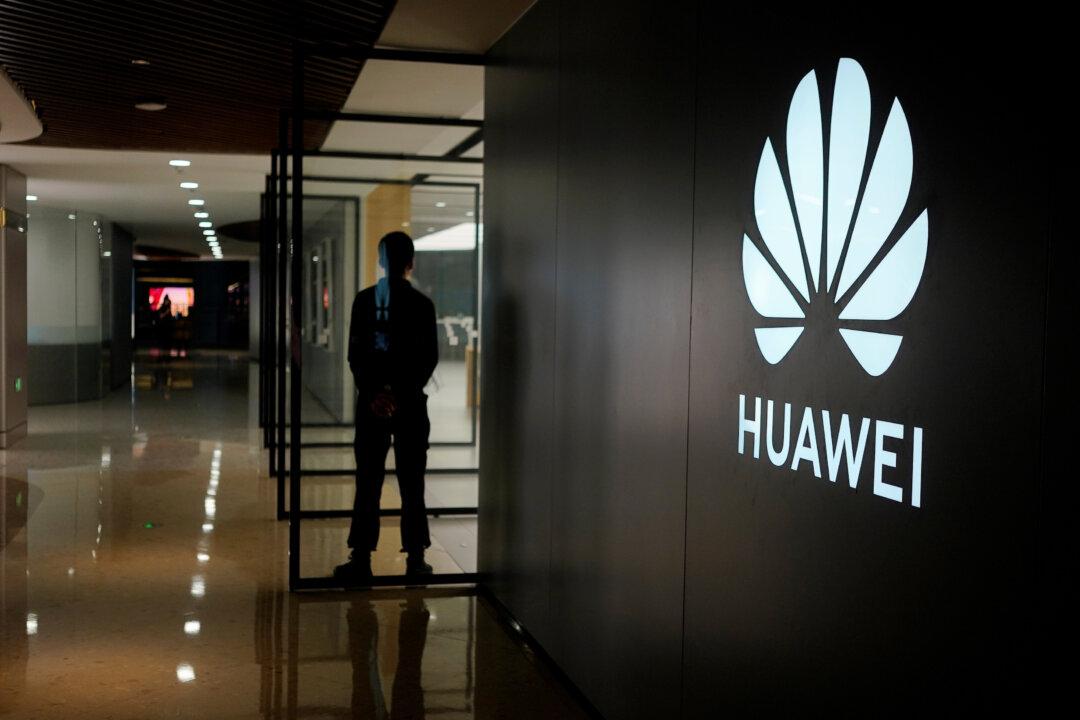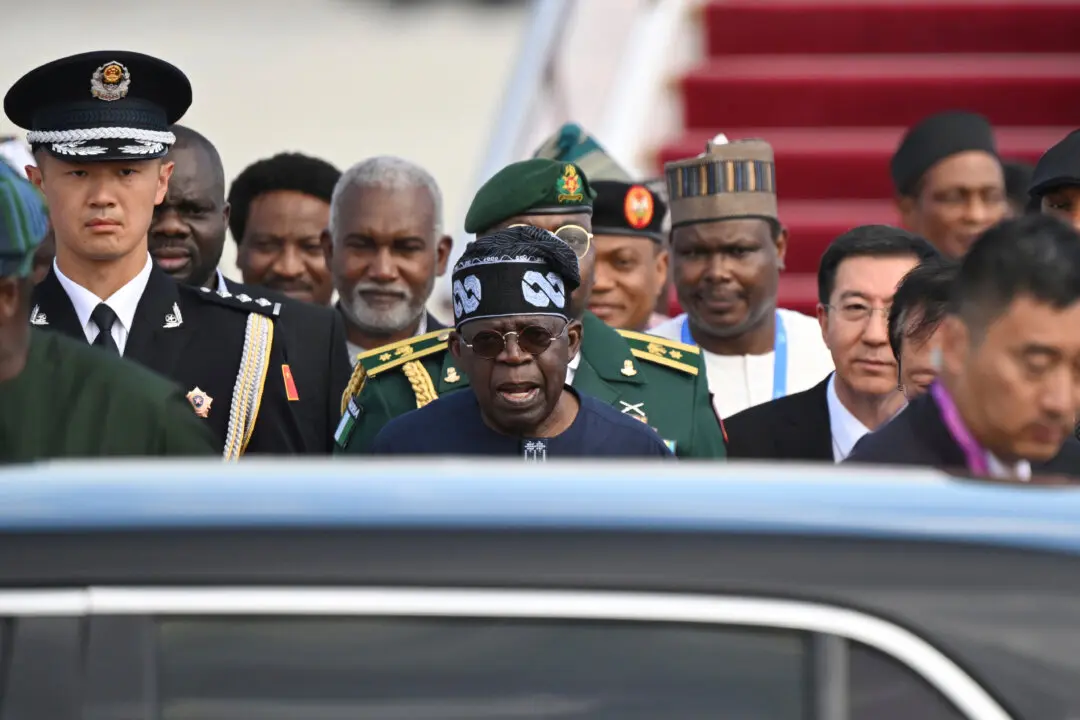BEIJING—Chinese authorities summoned global technology companies for talks last week, following last month’s U.S. ban on selling technology to China’s Huawei, two people familiar with the matter told Reuters on June 9.
The blacklisting of Huawei, the world’s largest maker of telecom network equipment, bars U.S. companies from supplying it with many goods and services, because of what Washington said were national security issues, a potentially crippling blow that sharply escalated U.S.-China trade tensions.





